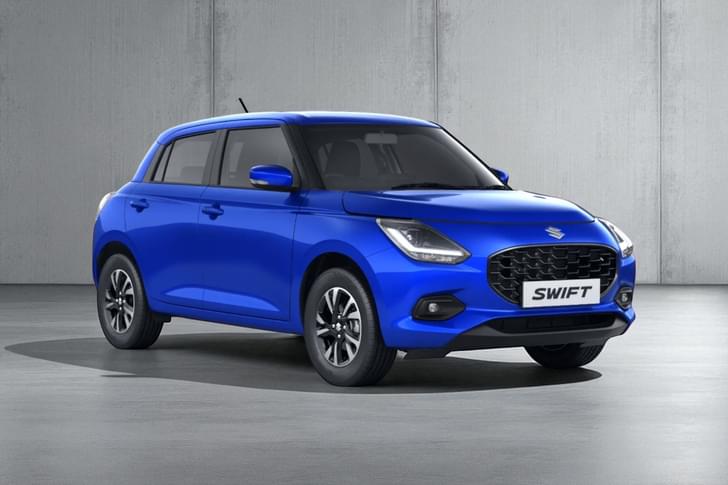The Maruti Suzuki S-Presso is now on sale in India with prices ranging from Rs 3.69-4.91 lakh (ex-showroom, Delhi). While you can read our full Maruti Suzuki S-Presso review here, the focus of this piece is to delve into the finer points of the car’s interior. What’s good and what’s bad about the S-Presso’s interior? Lets find out.
What’s the S-Presso interior design like?

The S-Presso’s quirky exterior design divides opinion and there will be some who will not take readily to the interior either – and that’s down to the centre-stacked instrument cluster. The speedometer doesn’t sit in the conventional position behind the steering wheel, but instead takes pride of place at the top of the very Mini-like, circular centre console. Then again, this position of the instruments is something you get used to. The big font of the digital speedometer makes it easy to read but unfortunately, the odometer isn’t quite as legible. Those not fussy about the position of the instruments, might actually find the dashboard refreshingly different to look at.
What’s the S-Presso interior quality like?

The S-Presso’s cabin quality is impressive by class standards. Of course, there are no soft-touch plastics in here, but material quality is good, fit and finish is consistent and the textured surfaces on the dash also work well. Top-spec versions also get silver embellishments (body-coloured on orange S-Pressos) around the centre console, and side air-con vents, that do much to uplift the look. The steering also feels good to hold.
What’s the S-Presso interior space and comfort like?

Cabin room is an area where the S-Presso really impresses. Maruti’s ‘mini SUV’ might have a relatively small footprint but it’s actually surprisingly roomy on the inside. The interior feels airy, and the high roof and large glass area help with the impression of space. There’s more room between the front two seats than you’d get in hatchbacks of the same price, and remarkably, backseat headroom and knee-room are enough for 6ft-tall occupants to sit in comfort. However, the cabin isn’t wide enough to seat three abreast in comfort.
Front-seat occupants will find their seats comfortable. An added plus point is that the front seats are slightly high-set, giving you a good view out. On the flip side, taller drivers will find themselves sitting a touch too high, with a less-than-ideal view of the road; and expectedly, there’s no seat-height adjust. Larger headrests at both front and back are also missed. The rear seat scores well on comfort and is more supportive than its flat contours would suggest.
What features does the S-Presso get?

The Maruti S-Presso is available in four trims, with the AMT-automatic only offered in the top two. Standard safety kit includes ABS, a driver side airbag, speed warning system, seat-belt reminder and rear parking sensors. A passenger side airbag is available as a Rs 5,000 optional add-on on the STD, LXi and VXi trims and is part of the package on top-spec VXi+ versions.
The STD version is absolutely basic and misses out on modern-day essentials like air conditioning and power steering. The LXi trim gets these features and little else. VXi models get central locking, front power windows and an audio system with Bluetooth connectivity. A 7.0-inch touchscreen infotainment system, class-first steering-mounted audio controls and internally adjustable wing mirrors are features exclusive to the top-spec VXi+ trim. The Maruti S-Presso VXi+ does miss out on rear power windows, reverse camera and a rear-centre armrest, which is available on its its rival, the Renault Kwid Climber (O).
What’s the S-Presso like on practicality?

The S-Presso’s interior storage spaces are centred around the front-seat occupants. There’s a useable shelf above the glove box, two cupholders low down on the centre console, and each of the front doors also features a bottle holder. However, rear-seat occupants get a single bottle holder only. Newspapers and the like can be kept on the parcel tray, but there are no other dedicated storage space at the back.
Boot capacity stands at 240 litres (with the parcel tray) but you’ll be quite surprised to see how much luggage you can fit into the back. The rear-seat backrest also folds, should you need more space. The high lip and low boot floor do make loading heavy luggage a bit of a task, though.





































